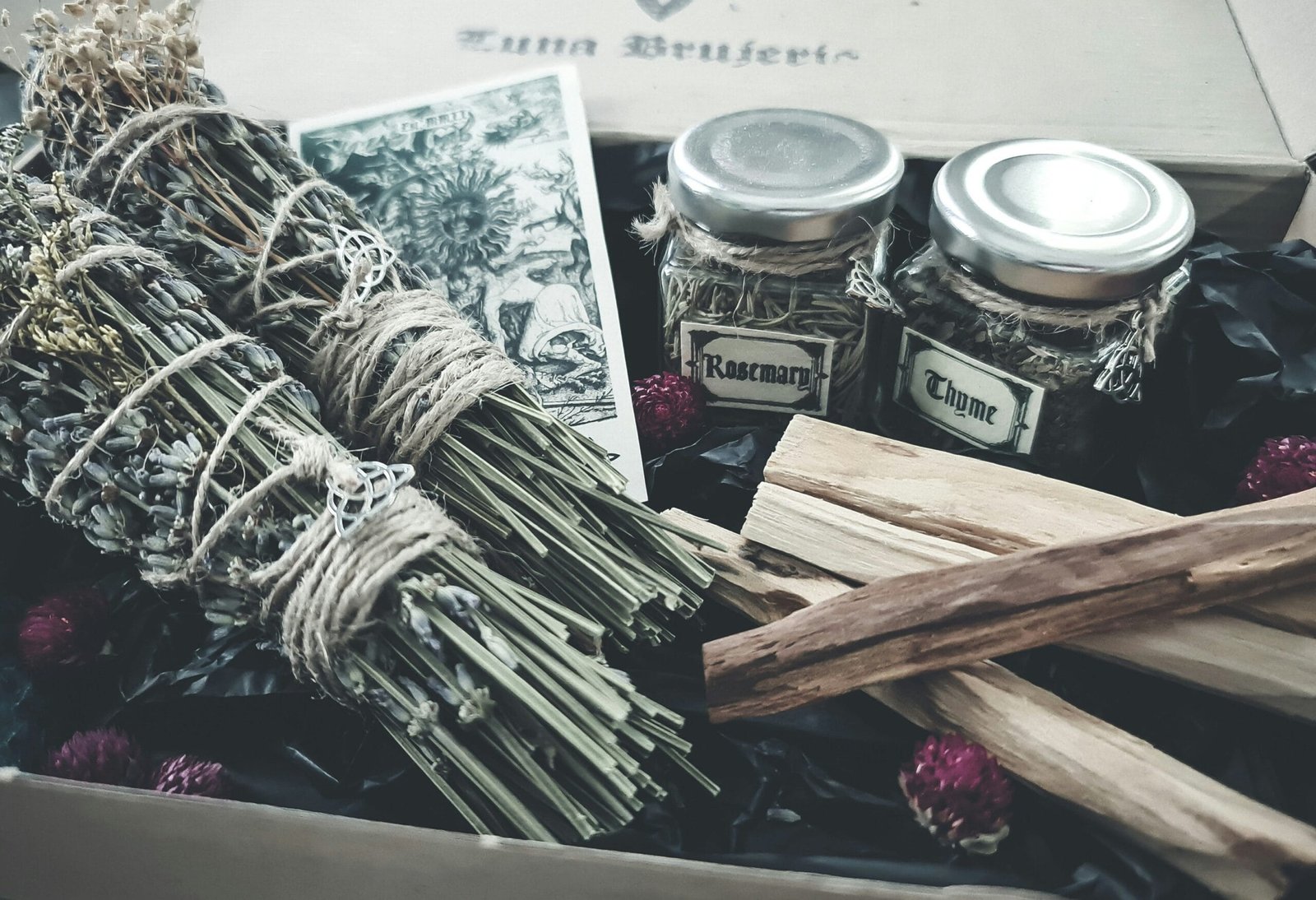Introduction to Witchcraft: A Beginner’s Guide
Witchcraft, often misunderstood and shrouded in mystery, has been practiced in various forms for centuries. Today, it’s experiencing a resurgence as more people are drawn to reconnecting with nature, spirituality, and personal empowerment. If you’re new to the world of witchcraft and curious about what it really entails, this guide will provide a brief overview, demystify some common misconceptions, and help you explore whether this path resonates with you.
What is Witchcraft?
At its core, witchcraft is a practice that involves working with natural energies, the elements, and intention to bring about change. It’s a highly personal path that can include rituals, spells, meditation, divination, and connecting with the cycles of nature. Contrary to what pop culture might suggest, witchcraft is not about casting harmful spells or summoning dark forces. For most practitioners, it’s a way to align with nature, enhance personal growth, and create positive change.
There are many different forms of witchcraft, including:
- Wicca: A modern pagan religion that emphasizes harmony with nature, ritual magick, and a belief in both the Goddess and God.
- Green Witchcraft: A focus on working with plants, herbs, and the earth’s natural energies.
- Kitchen Witchcraft: Incorporating magick into daily life through food, herbs, and simple rituals.
- Eclectic Witchcraft: Drawing from various traditions and practices to create a personal path.
Common Practices in Witchcraft
While every witch’s practice is unique, some common elements are often included:
- Meditation & Visualization: Centering the mind and using visualization techniques to focus energy.
- Rituals: Performed during certain moon phases, seasonal changes, or personal milestones to channel energy.
- Spells: Intentional acts that combine words, symbols, and actions to manifest specific outcomes, such as protection, love, or abundance.
- Divination: Using tools like tarot cards, runes, or pendulums to gain insight into questions or future possibilities.
- Candle Magick: Using candles in specific colors to align with certain intentions
Dispelling the Myths
Witchcraft has long been associated with negativity, largely due to historical persecution and the portrayal of witches as evil in media and folklore. However, it’s important to understand that modern witchcraft is not about dark or harmful practices.
- It’s Not “Evil”: The majority of witches practice with the principle of “harm none” at the forefront. Many also follow the belief that what you send out into the world, good or bad, returns to you.
- No Pointy Hats or Broomsticks: While witches may love their aesthetic, there’s no uniform for witchcraft. A witch can look like anyone and come from any walk of life.
- Witchcraft Isn’t a Religion (Unless You Want It to Be): While some witches follow Wicca or other pagan religions, many practice witchcraft without adhering to any particular belief system.
Is Witchcraft for You?
If you feel a connection to nature, spirituality, and the idea of working with energy to influence your life, you might be drawn to witchcraft. There are no strict rules—witchcraft is highly personal, and you’re free to explore and develop your practice in a way that feels right for you.
Starting Your Journey
If you’re interested in exploring witchcraft, here are a few simple ways to begin:
- Study: Read books and articles, listen to podcasts, or join online communities to learn about the different types of witchcraft and magickal practices.
- Meditate: Develop a meditation practice to center your mind and increase awareness of your own energy.
- Work with Nature: Spend time outdoors, collect natural items like stones, leaves, and herbs, and begin connecting with the elements (Earth, Air, Fire, Water).
- Set Intentions: Start small by writing down your intentions and visualizing them coming to life. Simple candle rituals or creating a charm bag are great beginner-friendly practices.
- Trust Your Intuition: Witchcraft is personal, and your intuition is a powerful guide. Trust your gut and let it lead you toward what feels right for you.
- Shadow Work: This is perhaps the most profound and transformative aspect of the witch’s journey. Shadow work involves facing your inner self, exploring your hidden fears, past traumas, and parts of yourself you may have ignored or denied. It’s a crucial practice in personal growth and self-awareness, helping you to heal, integrate, and grow stronger both emotionally and spiritually.
Embracing Modern Witchcraft
The practice of witchcraft is about empowerment, healing, and personal growth. It’s about tapping into the natural rhythms of the universe and working with those energies to shape your life.
By embracing modern witchcraft, you are reclaiming an ancient tradition while making it your own. Whether you’re drawn to the moon, tarot, herbalism, or just the feeling of magick in the air, the path is yours to explore. Remember: Witchcraft is a journey.
Photo by Edz Norton on Unsplash

